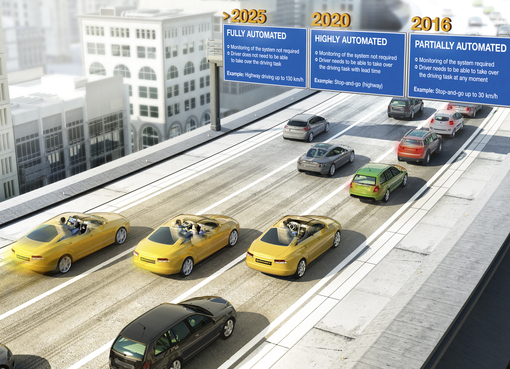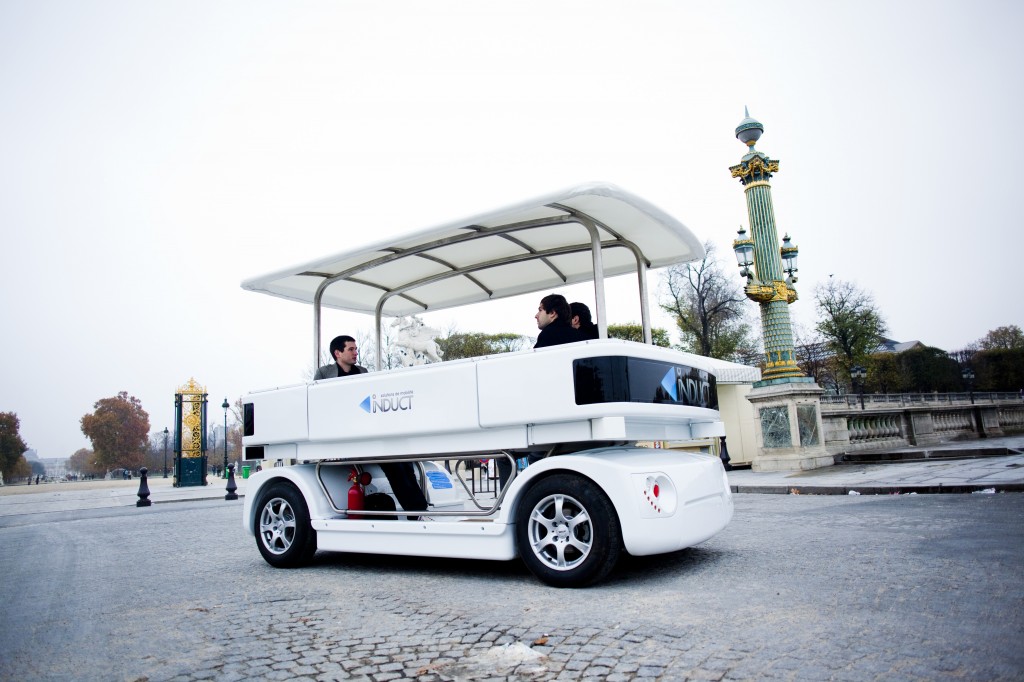PricewaterhouseCoopers – the world’s largest professional services firm – has just released an analyst note about the effects of autonomous cars on the auto industry. While the report is extremely positive about the technology (predicting a reduction of traffic accidents by a factor of 10) it cautions that the fleet of vehicles in the United States may collapse from 245 million to just 2.4 million. This is a reduction by the factor of 100 and significantly higher than the factor of 10 provided in a recent study by the Earth Institute which we highly recommend.
It is encouraging that the major consulting firms and think tanks are beginning to take note of the tectonic shifts which will occur in the auto industry within a few years – and which we have emphasized for the last 3 years. The study contrasts with a recent report by KPMG on “Self-driving cars – the next revolution“. While KPMG’s analysts briefly mentioned on-demand mobility services (autonomous car sharing), they failed to see its disruptive potential.
It is time for the auto industry to seriously plan for this future. Contact us – we can help!


